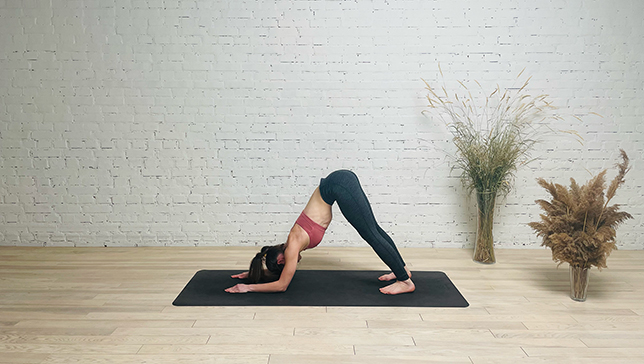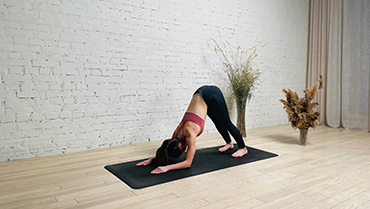Dolphin Pose - Ardha Pincha Mayurasana

Contents
Dolphin Pose, or Ardha Pincha Mayurasana (ar-duh PIN-chuh my-YUR-AH-sah-nah) is a great beginning yoga pose for many reasons. It strengthens the shoulder girdle, which is weak for most students just starting yoga. Dolphin Pose (Ardha Pincha Mayurasana) also engages the core muscles we need for forearm stand, headstand, and more.
In this way, Dolphin Pose is an excellent pose for preparing beginning yoga students for being upside down in any kind of inversion that relies on shoulder stability.
Pose Detail
- Body Position: Arm & Leg Support
- Difficulty: Beginners
- By Type: Chest Opening Yoga Poses, Flexibility Yoga Poses, Shoulder Opening Yoga Poses, Strengthening Yoga Poses
- By Benefit: Yoga Poses For Neck Pain
Step-by-Step Instructions
Benefits and Contraindications
Opens the shoulders and upper back
Lengthens the spine
Stretches the hamstrings
Builds upper body strength
Stimulates the nervous system
Recent or chronic arm, back or shoulder injury or inflammation
High blood pressure
Glaucoma
Photo poses in different angles

Modifications, Props and Tips
- You can practice this pose by pressing your heels against the wall.
- You can hold on to a yoga block between the hands instead of interlocking your fingers.
- To avoid your elbows from spreading out to the sides, a yoga strap can help to lock your elbows in one position.
- You can place a folded blanket under your elbows to do the pose comfortably.
- Do not force yourself to touch your heels to the ground. You may use a block under your heels.
- You may also press your inner wrists firmly to the ground.